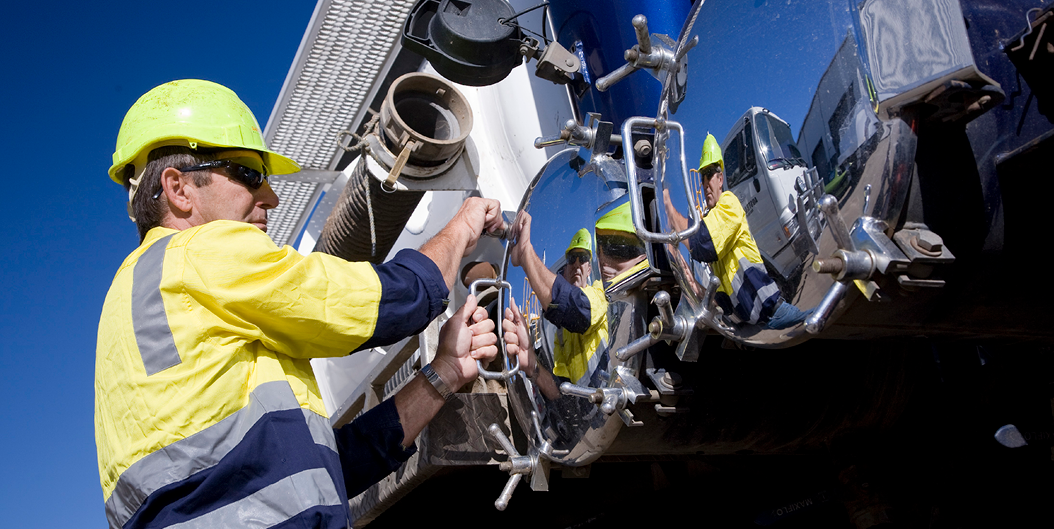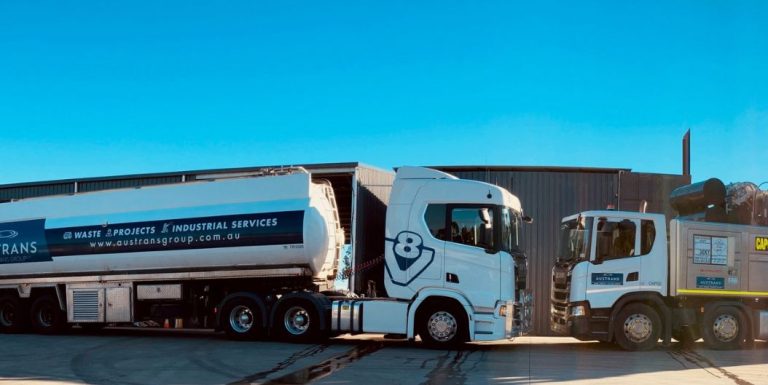Your Guide To Truck Licence Classes
For anyone looking for a career change, a pay rise or even a way to break into the mining industry, understanding the many truck licence classes is a must.
Many of us are guilty of believing some of the lingering stereotypes that are tied to truck drivers, but in reality, these are rarely ever true. Regardless of the industry or sector, people behind the wheel of these heavy haulers are able to work independently, are famously adaptable and can be relied upon for ensuring that the goods they’re transporting safely reach their final destination.
While a truck licence will always be a handy thing to have, recent years have confirmed that this is a foolproof employment avenue that will always be in demand. What’s more, is that there are now plenty of opportunities to utilise this unique form of qualification that will still have you home on time for dinner every night – so what are your options?
Five Types Of Truck Licence Classes In Australia
If you’re thinking about getting your truck licence or perhaps upgrading an existing one, it’s important to note that there are five separate truck licence classes available in Australia. While each licence class has minimum requirements that you must meet in order to upgrade to the next, the specifics will vary depending on the licence class you’re looking to pursue.
LR Light Rigid – Providing that you’ve had your driver’s licence for over twelve months and have completed the drivers knowledge test with your local transport authority, obtaining an LR Light Rigid licence is the first step above a standard car licence and allows you to drive slightly larger vehicles, such as a light truck up to 8t GVM, a small bus that isn’t more than 8t GVM or capable of carrying more than twelve people including the driver, or either of the above vehicles towing a trailer with a maximum weight of 9t GVM.
MR Medium Rigid – Obtaining an MR Medium Rigid truck licence allows you to drive a truck or bus, including a prime mover or mobile crane, over 8t GVM with a maximum of two axles, including one at the rear. In addition, you may also tow a trailer with a maximum weight of 9t GVM. Much like the LR Light Rigid licence, applicants need to have held their drivers licence for at least twelve months and complete the drivers knowledge test with their local transport authority before being eligible to apply.
HR Heavy Rigid – The primary point of difference to note when upgrading from an MR licence to a HR licence is the number of axles present on the vehicle you’re permitted to drive. As the name would suggest, a HR Heavy Rigid licence allows licence holders to operate heavier vehicles, encompassing any MR class of vehicle, plus a bus, truck, prime mover or mobile crane that weighs over 8t GVM with more than two axles present. You may also tow a trailer with a maximum of 9t GVM in weight.
HC Heavy Combination – A class HC vehicle is a truck, prime mover or mobile crane with a trailer of more than 9t GVM, and a HC Heavy Combination licence covers you to drive trucks with a single trailer (commonly known as semi-trailers). This includes prime movers, trucks and dogs, pig trailers, floats and low loaders. In order to gain an HC class licence, you must have held both a Car (C Class) licence for at least three years, and a Medium Rigid (MR class) or HR class licence for at least one year.
MC Multi Combination – As the highest of the truck licence classes, to be eligible to apply for a multi-combination (class MC) licence, you must have held your heavy rigid (class HR) or heavy combination (class HC) licence for at least one year. Usually called a B-Double or Road Train, an MC multi combination vehicle is defined as a vehicle towing more than one trailer. Once you’ve been issued an MC licence, you’re legally able to drive any heavy combination unit towing one or more trailers, with each having a gross vehicle mass of greater than 9t.
While it’s no secret that Australia is currently grappling with a wide range of skills shortages, truck drivers have never been more in demand. With one of the primary downsides of this industry considered to be the long stretches away from home, what if there was a way to apply your skills in a company that truly values work life balance?
Take The Next Step In Your Career With Austrans
Established in 1999, the Austrans Group is proudly Australian owned and operated, and is now recognised as an industry leader in hazardous waste management, industrial services, project management all over South East Queensland.
From public infrastructure to assisting in massive environmental rehabilitation and providing complete disaster recovery support, Austrans have done it all, and have the expertise to get the job done.
As our business continues to grow, we have a number of new vacancies for people who can help us to deliver our superior service-based approach. With a handful of benefits including a positive working environment, weekly pay, flexible conditions and optional overtime at penalty rates, check out our Careers page to see what working at the Austrans Group is all about.







